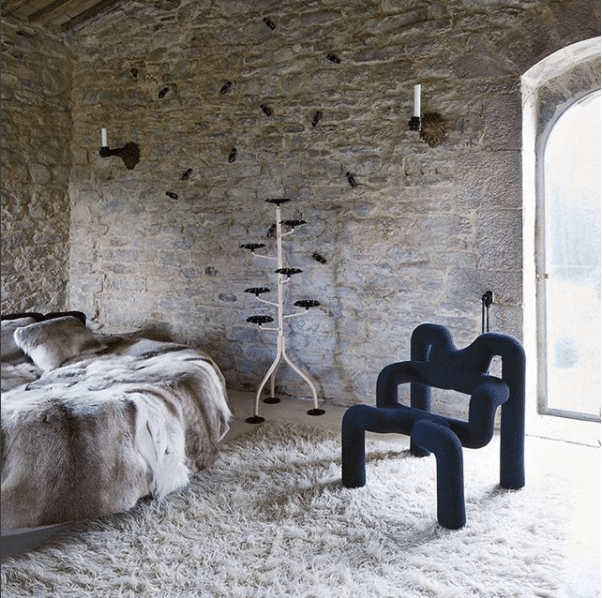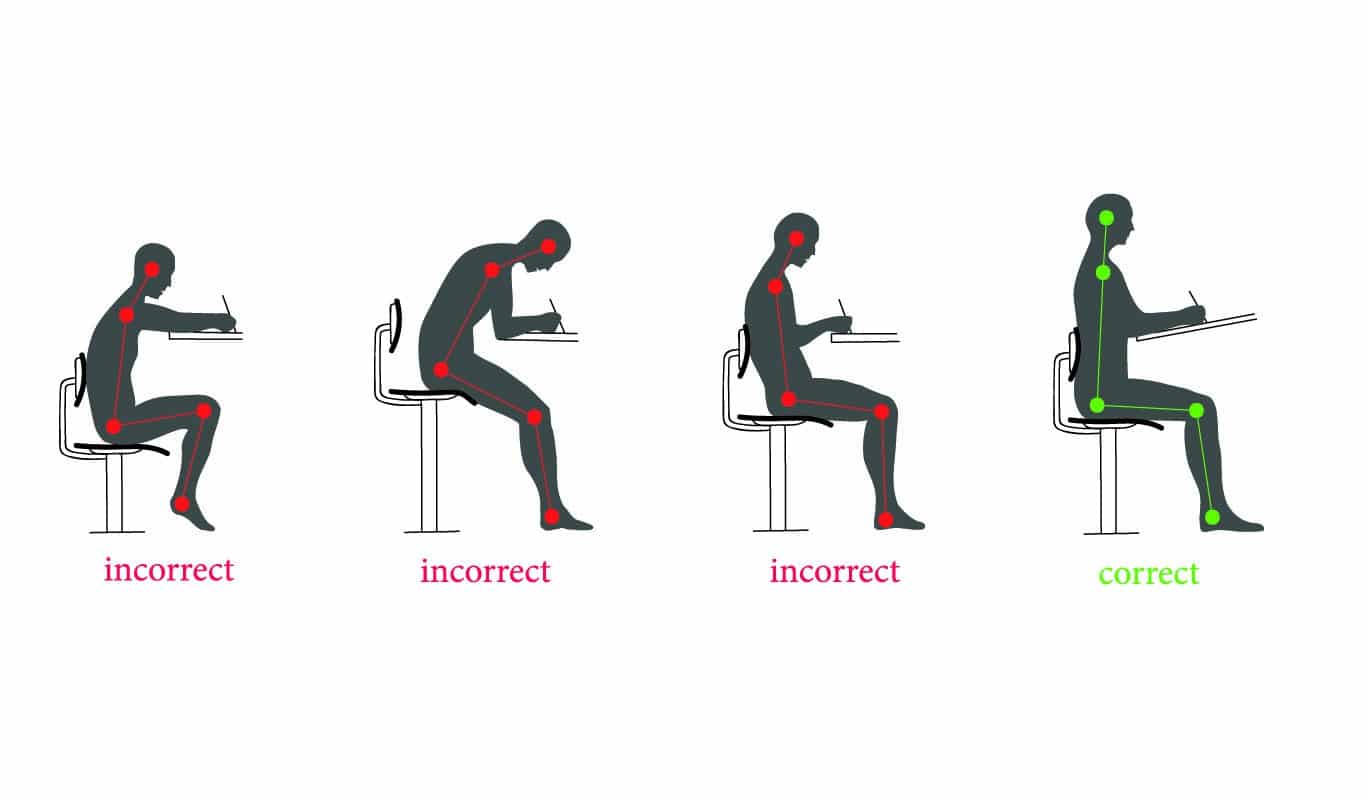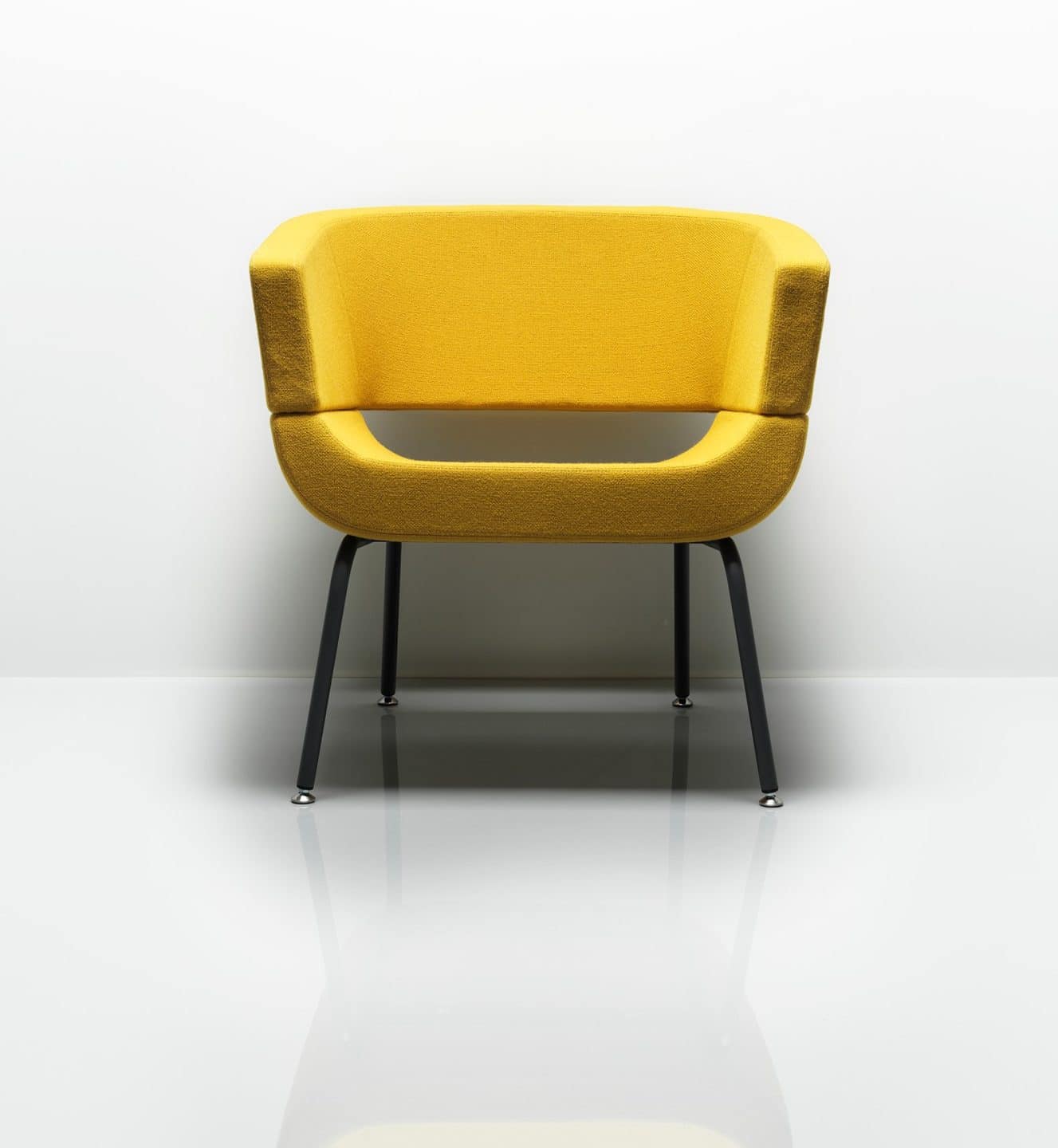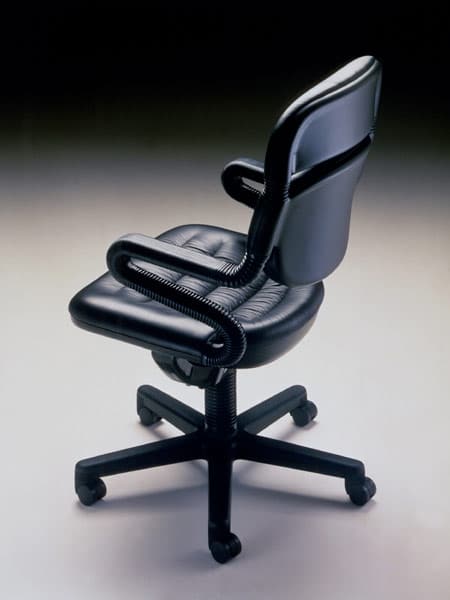Are you sitting comfortably?
Then we shall begin.
At Cobus we’re committed to creating #InspiringSpaces, and we believe that an individual’s physical and cognitive wellbeing helps to improve their experience of the environment they’re in. The science of Ergonomics (or Human Factors) enables us to ensure the highest levels of comfort and usability in every environment, from school, to the office, and even to the home.

The dawn of Ergonomics
The word ‘ergonomic’ is derived from the Greek words ‘ergon’ (work or labour) and ‘nomos’ (natural laws).
The dictionary definition of the word is:
“The study of how equipment and furniture can be arranged in order that people can do work or other activities more efficiently and comfortably.” (Ref: Collins Dictionary)
The term ‘ergonomics’ is credited as being introduced by Polish Scientist, Wojciech Jastrzebowski, back in 1857. A naturalist and inventor, he became known as one of the founding fathers of ergonomics. Back then, he published an article entitled ‘The Outline of Ergonomics, or the Science of Work, Based Upon the Truths Drawn from the Science of Nature’.

The term found its way in to more common usage however shortly after World War II. A British chemistry graduate called Hywell Murrell, who was the Head of the Naval Motion Study Unit in 1949, brought together a group of like-minded individuals from both the UK and US to discuss the topic of ergonomics. From this meeting they created a more formal focus group and named it The Ergonomic Research Society.
A scientific collaboration
Whether a naturist, an inventor, a biologist, a chemist, a psychologist, a botanist or an engineer, the study of ergonomics can be of interest. The science has evolved over the years with increasing influence and research provided by varying different fields of science, engineering and more recently, design. A truly collaborative effort.
Within ergonomics itself there are 3 main fields of research, which more emerging all the time.
Physical
This field is concerned with the human anatomy. Studies look at how ergonomic equipment and furniture can improve the physiological health of the body. In the workplace this will cover factors such as an employees lumbar support in their chair; adjustable desk height; viewing distance from a screen and the position of the feet on the floor.
There is suggestion that physical ergonomics was a concern as far back as the Ancient Greeks as it’s said Hippocrates even provided a description of what the ideal surgeon’s workspace should look and function like. He focused on where all the surgical instruments should be placed in order to make the surgeon’s job more efficient and comfortable.

Cognitive
This field of ergonomics focuses on the mental processes of the users of equipment. These include perception, memory, reasoning, and motor response.
The goal of developments within this field are centered around enhancing users performance, but also ensuring their mental wellbeing is cared for in terms of not over-loading or confusing them too much.
In the workplace the cognitive ergonomics influences would be evident in technological user interfaces – how easy a system is to navigate/operate – and the design of training programs.

Organisational
This third field focuses on how the working environment can support its user, by means of the organisational systems it puts into place. Once again, the goal is about the ease of use and enhanced wellbeing of the user.
An example of this would be how a company designs its internal communication platform perhaps. Whether the comms are easy to access, helpful and easily decipherable. Shift patterns and standardised working hours would also fall under the organisational ergonomics field.

A holistic view
As we can see ergonomics is about far more than the shape and height of your chair. The holistic nature of the science is the reason so many experts and researchers, from such a variety of specialisms, wish to consult on it.
In our work we like to consider the holistic impact of our designs when we plan our #InspiringSpaces. However, our focus mainly falls on the physical field. We are lucky to work with some of the most respected ergonomic furniture designers in the world. Many of whom will feature in our #PerfectPartner series.
The evolution around us
Over our 40 year history of designing #InspiringSpaces, and manufacturing our own furniture (more on that at a later date…), we’ve seen how ergonomic design has continued to evolve.
Following the establishment of the Ergonomic Research Society in 1949, ergonomic furniture used to be almost exclusively designed for use in the workplace, mostly factories and military environments. Function took the lead over form. Ergonomic furniture was largely ‘designed’ by scientists and engineers who weren’t all that concerned with aesthetics. Just in the same way that designers hadn’t always had compatibility with the human body as the forethought in their design process.

Around the start of the 1970’s a revolution started. We became increasingly interested in the concept of wellness and long-term investment in the longevity of our bodies. As more people began to take an interest in ergonomic furniture, the design and art world got more involved. Ergonomic furniture went from drab and functional to stylish and aesthetic. For example, the Vertebra chair, designed by Giancarlo Piretti and Emilio Ambasz in 1976 is considered to be one of landmark designs that began to marry form and function, for the masses. It was so well received that it won an ID Award for Excellence of Design in 1977.

More designers began to see the value in designing for function as well as form, and soon ergonomics popularity spread . Now it’s commonplace to have ergonomic design in any environment, whether it be at home, at work, at a restaurant, in an airplane, at the cinema…
It’s now, thankfully, also no longer considered a luxury with affordable high-street retailers offering ranges of ergonomic furnishings for both work and home environments.
A comfortable future
As many of our partners already demonstrate, there no longer has to be a compromise on style for wellbeing/comfort. We’re delighted at how far ergonomic design has come over the past 40 years, and equally excited about the future.
Long may our lumbars be supported, in style!

Want to get in touch?
If you’d like to discuss anything relating to this article, or our services/products, please don’t hesitate to call us on +44 (0)1452 341 502.

